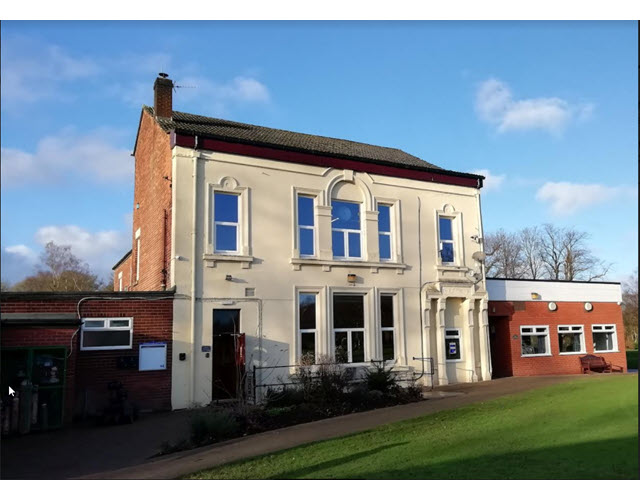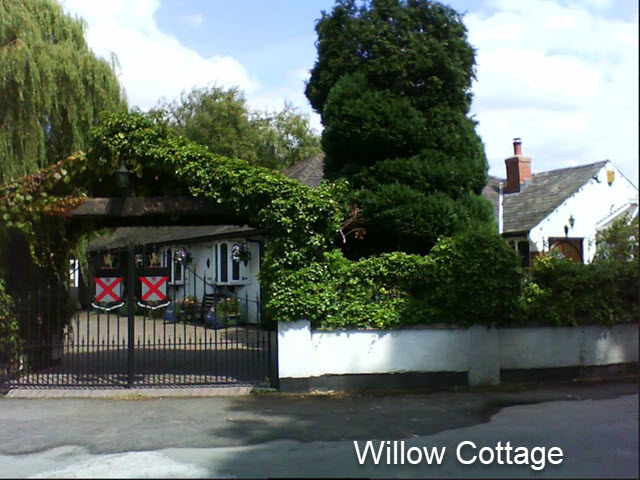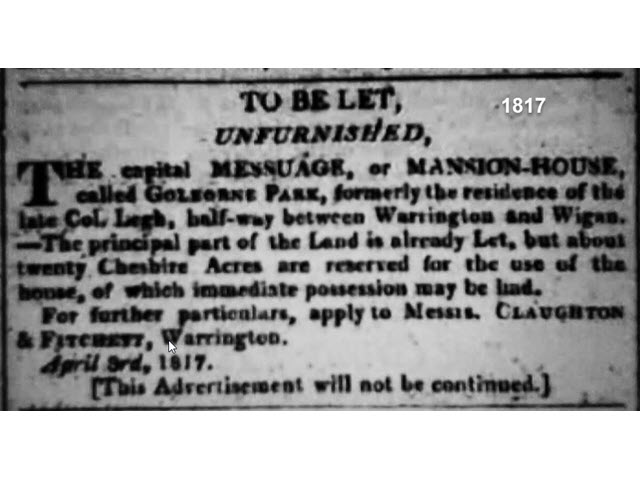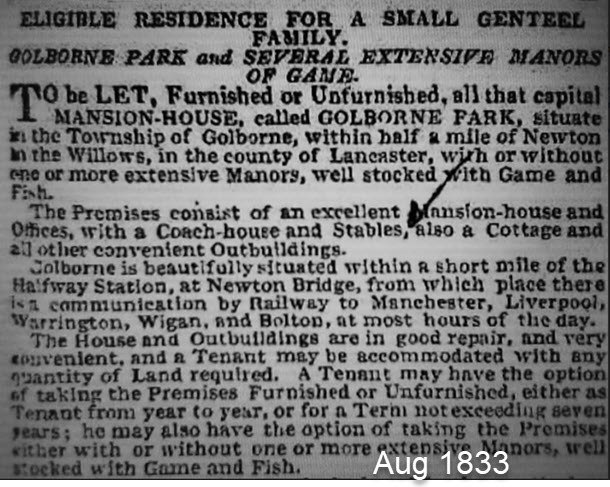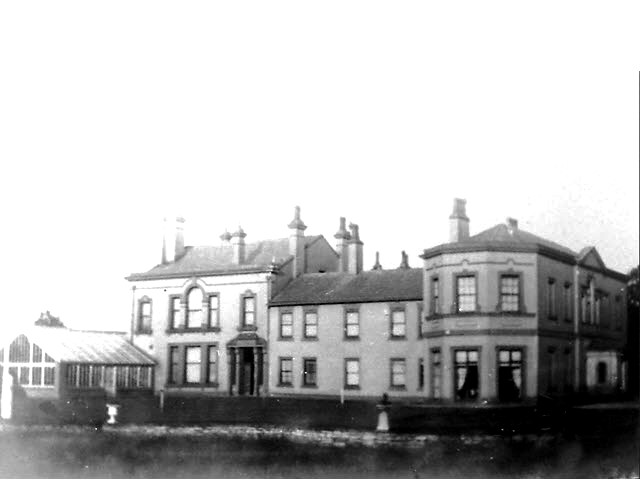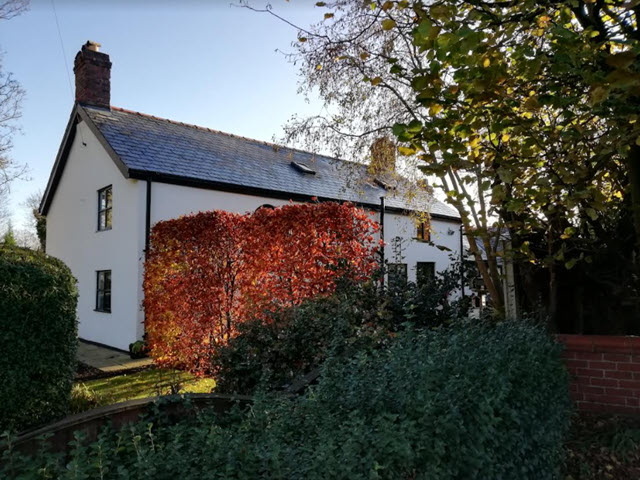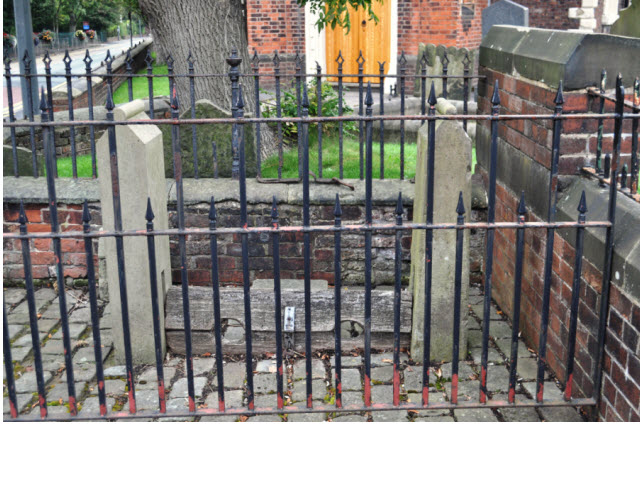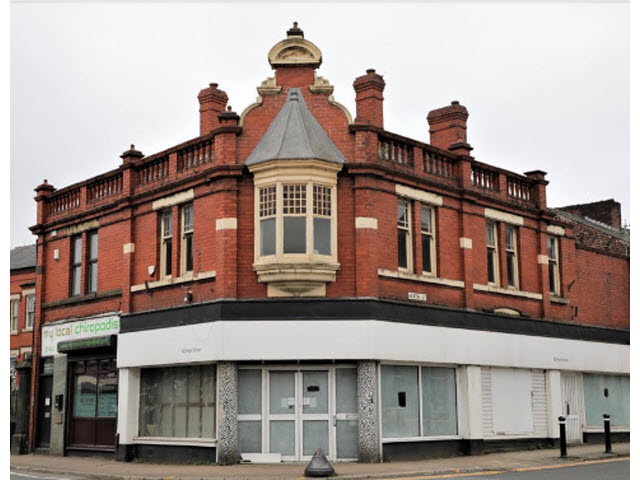Golborne Park Hall & Willow Cottage
Newton Road, Golborne
Part of Group:
At Risk: No
Description
Images & Text by the Makerfield Rambler
Willow Cottage could have been renamed from the original "Lodge Keeper's House"
“The original Golborne Hall was built for the Rev Ashburnham Legh (1716-1775) and subsequently occupied by his son, Colonel Thomas Legh (d. 1797). A brief account of its later history was given by James Bridge in his 1955 “History of Golborne”, re-published in 1997:
“On the brow of the hill is a carriage way leading to Golborne Hall and Park. Banks of rhododendrons when they are in full bloom along the drive give an added beauty to the place. The hall has seen many changes. Rev Ashburnham Legh of Golborne Parks, Mr Pearson, former High Sheriff of the County, Mr Drayton Grimpkie, managing director of Messrs Evans Ltd, Mr Catterall, cotton manufacturer, and various others have lived there. Another entrance to the park is by the Warrington Road Lodge. Many years ago most of the land on the Golborne Dale side, now bounded by a wall, was used for arable cropping and some excellent grain was produced. The roadway to the hall was fenced off, with open ditches left on either side...
Like many other similar residences, much of the hall has been taken down. For a time, before the advent of the motor-car, the place attained distinction as a well known hackney stud farm. It has [since 1921] become the headquarters of the Haydock Park Golf Club. Members formerly played on Haydock land but, owing to a change of circumstances, they moved to the Golborne site though they retained the old title.”
During the Second World War and its immediate aftermath the park and buildings were requisitioned by the Government and used to accommodate, firstly, American troops preparing for the D-Day landings in June 1944 and, latterly, German prisoners of war. Only after Easter 1948 were Golf Club members able to regain possession of the site, a full 18-holes course being made available for their use from 29 July 1951.
Richard Pollard and Nikolaus Pevsner found the remains of the original 18th century residence to be “fragmentary”, and what they concluded was “a later C19 rebuilding” to be of minimal historical or architectural interest (“Lancashire: Liverpool and the Southwest”, Yale University Press 2006)”.

